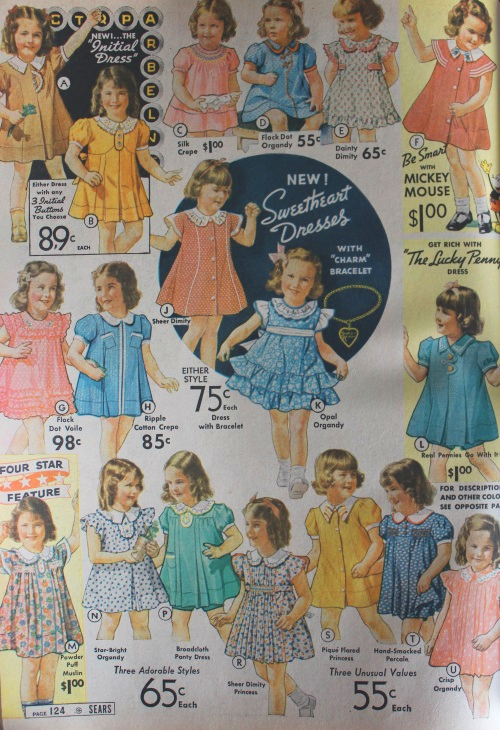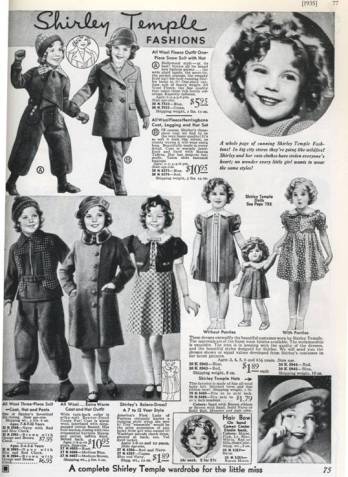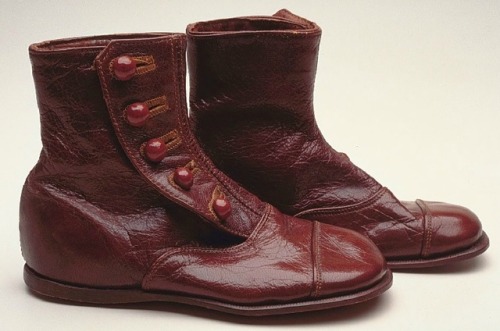Charity
When my Grandma Madeleine was four, her mother, Florence, took her and her two older sisters, five and seven, out to the Montréal shopping district to buy new shoes. It was 1934, almost five years into the Great Depression. Canada was hit hard, second only to the USA.1


When the Depression began, Canada had almost no social welfare programs. When the economy failed, neither Federal nor Provincial Governments did anything to help the thousands of families in crisis. With unemployment from 25%, and much more widespread under-employment, local governments took up the slack, helped eventually by charities: Anglican for English, Catholic for French, either were imposed on First Nations.
By the time of the girls’ shopping trip, about 30% of Montréalers qualified for some kind of government aid. The full complement of social welfare covered about half of people’s basic expenses,2 plus resources weren’t provided in cash: people were given “relief vouchers” that they could use to pay for rent, food, and fuel for heating. There was no way for unemployed people to cover things like medicine, clothes, or school supplies.3
There were supplementary welfare programs, but they were haphazard and reactive, as are records of them. Because of one of these programs, on the day of the shopping trip, Florence had vouchers for children’s shoes.


Florence told the clerk she was there to get shoes that would last her daughters through the winter and beyond. The clerk spent time making sure the shoes fit and the children were happy with them and deferred to the young mother who insisted on the highest quality and durability.
When everything was agreed upon, and the little girls were all smiles over their new shoes, the clerk stacked up the shoe boxes by the register. Florence handed the clerk the three vouchers. He looked up, surprised.
“You can’t use these vouchers for those shoes.”
“They are for children’s shoes. These are children’s shoes.”
“No, madame, they are not for those shoes.” He picked up a small boot from a different area of the store. “These are the voucher shoes.”
Florence took the boot and turned it over in her hands.
“These will fall apart in two weeks! Look at this stitching. And there is so little padding! My children’s feet would freeze, not to mention how thin the soles are. Even if the shoes didn’t come apart, there would be holes straight through before my children grew out of them.”
“I don’t know what to tell you, madame; but these are the charity shoes.”
“Charity shoes? The city reimburses you for these vouchers, it’s not charity.”

“Madame, there is nothing that I can do about the store’s policy.”
“You are telling people that you are giving charity? But only allow poor shoes for poor people? That is not charity.”
“Well …”
“You are telling people that you are giving charity but you are not really giving charity.”
“Madame, I –”
“And as well as lying to the public, you are stingy with what you give for your ‘charity’.”
Florence’s girls got their top quality shoes.

